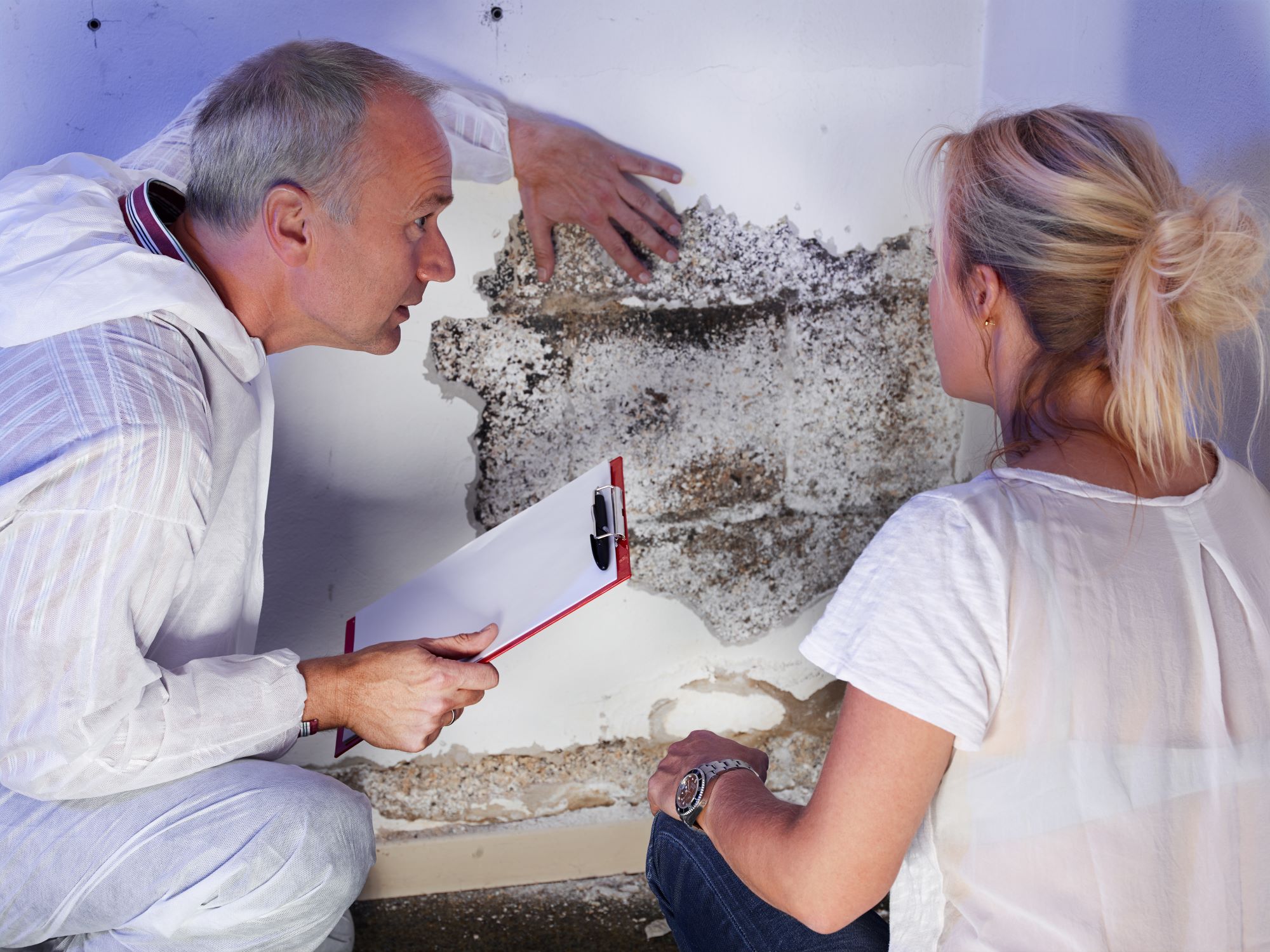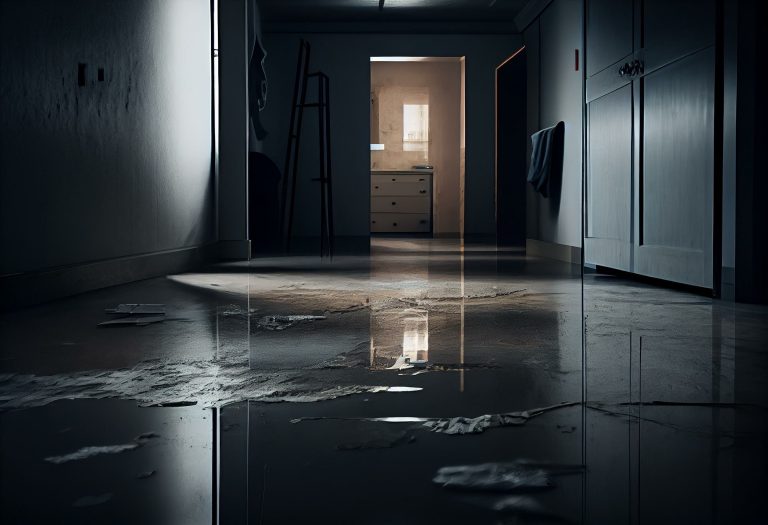In countless homes across the globe, the basement is an overlooked and underutilized space, often plagued by a common issue: moisture. An unwelcome guest, it can subtly infiltrate the home, gradually wreaking havoc on its structural integrity and the well-being of its occupants.
The journey of addressing basement moisture begins with understanding its causes. This can seem overwhelming, given that multiple factors contribute to the problem. However, with knowledge comes the power to take preventative measures and devise effective solutions. It’s possible to transform a damp, moldy basement into a dry, comfortable, and useful living space.
A myriad of strategies and tools are available to homeowners as solutions, which will be discussed below. However, some issues may require the expert hands of professional waterproofers and the like. For the best results, it’s a must to learn more about your prospective service provider before hiring.
That said, here are some basement moisture culprits and effective ways to address them:
Condensation
Condensation occurs when warm air hits cool basement walls and floors. This battle of temperatures results in tiny water droplets, creating an ideal environment for mold and mildew.
An effective solution is investing in a high-quality dehumidifier. This handy device removes moisture from the air, reducing condensation and keeping your basement dry. Make sure the dehumidifier is suited to your basement size for optimal efficiency.
Interior Water Leak

Water leaks within the home can originate from an array of sources, including but not limited to malfunctioning pipes, showers, sinks, toilets, dishwashers, or washing machines. They’re often the culprits when you observe moisture concentrated in the walls or ceiling of your basement.
Fortunately, while disruptive, interior water leaks are generally more straightforward to address than other moisture sources. The solution primarily involves identifying and promptly repairing the leak. Assuming the leak was the sole contributor to the basement’s dampness, resolving it ensures a lasting solution, restoring your basement to its optimum dry and safe state.
Runoff
Runoff is another significant cause of basement moisture. Rain or melted snow can seep into the basement through the structure’s foundation if not properly directed away from the house. Ideally, the ground around your home’s foundation should slope away from the house and not toward it.
To prevent this, consider reshaping your landscape or installing gutter systems to divert water away from your home’s foundation. French drains are also effective, channeling water away from your home and toward a particular area of your yard.
Missing Or Defective Gutters And Downspouts
Gutters and downspouts are strategically integrated into houses to channel water away from the foundation effectively. If these components are missing or malfunctioning, rainwater can instead be directed toward your home, potentially causing detrimental effects. Over time, it can saturate the surrounding soil, and once it makes contact with your foundation, it may very well find its way into your basement.
To mitigate this issue, consider installing gutters if none exist or repairing existing ones. As a rule of thumb, there should be a downspout for every 50 feet of roof eave. Moreover, it’s beneficial to equip your downspouts with extenders. These handy features ensure the water is dispersed at least four feet from your home’s foundation, significantly reducing potential water infiltration.
Lastly, the efficiency of these measures significantly hinges on regular maintenance. Ensuring your gutters and extenders are routinely cleaned and free from obstructions is crucial to guarantee their optimal function, safeguarding your basement from unwelcome moisture.
Groundwater Swelling
During substantial rainfall or rapid snowmelt, the water table in the vicinity of your home has the potential to elevate. This phenomenon, known as groundwater swelling, can cause water infiltration into your basement, resulting in damp conditions or severe flooding.
A highly effective countermeasure is the installation of a sump pump. This device serves a vital function in moisture management; it gathers the excess water that accumulates and efficiently redirects it away from your property. Doing so ensures the preservation of a dry and safe environment within your basement.
Cracks In Your Foundation
Cracks in your foundation can act as gateways, allowing water to infiltrate your basement. This situation often arises when floor joists aren’t properly anchored to the foundation walls, causing the walls to shift and subsequently form cracks.
Interestingly, water can also play a significant role in the creation of these cracks. If water isn’t efficiently diverted away from your foundation and accumulates around the foundation walls, it generates hydrostatic pressure. This, in turn, can lead to the formation of cracks.
Addressing this issue requires a tailored approach based on the underlying cause of the cracks. If they result from hydrostatic pressure, improving your exterior drainage system can alleviate the problem. On the other hand, if the cracks have stemmed from structural damage, it’s crucial to ensure proper footing and secure connections. Utilizing anchor bolts or straps can help seal these gaps, restoring the structural integrity of your basement and preventing further moisture intrusion.
Basement Moisture: A Preventable Nuisance
Basement moisture is a common but serious issue, threatening not only a home’s structural integrity but also the health and well-being of its inhabitants. Understanding the causes, which range from condensation, runoff, and groundwater swelling to plumbing leaks, improper drainage, and a lack of proper waterproofing, is fundamental to effectively addressing this problem.
Thankfully, numerous solutions exist to combat this problem. Prevention, of course, remains the most effective approach, but they offer hope for those already dealing with the adverse effects of basement moisture. Nonetheless, professional consultation is advisable to diagnose and treat moisture problems accurately. Lastly, act promptly. Ignoring such issues can lead to higher costs and risks over time.

